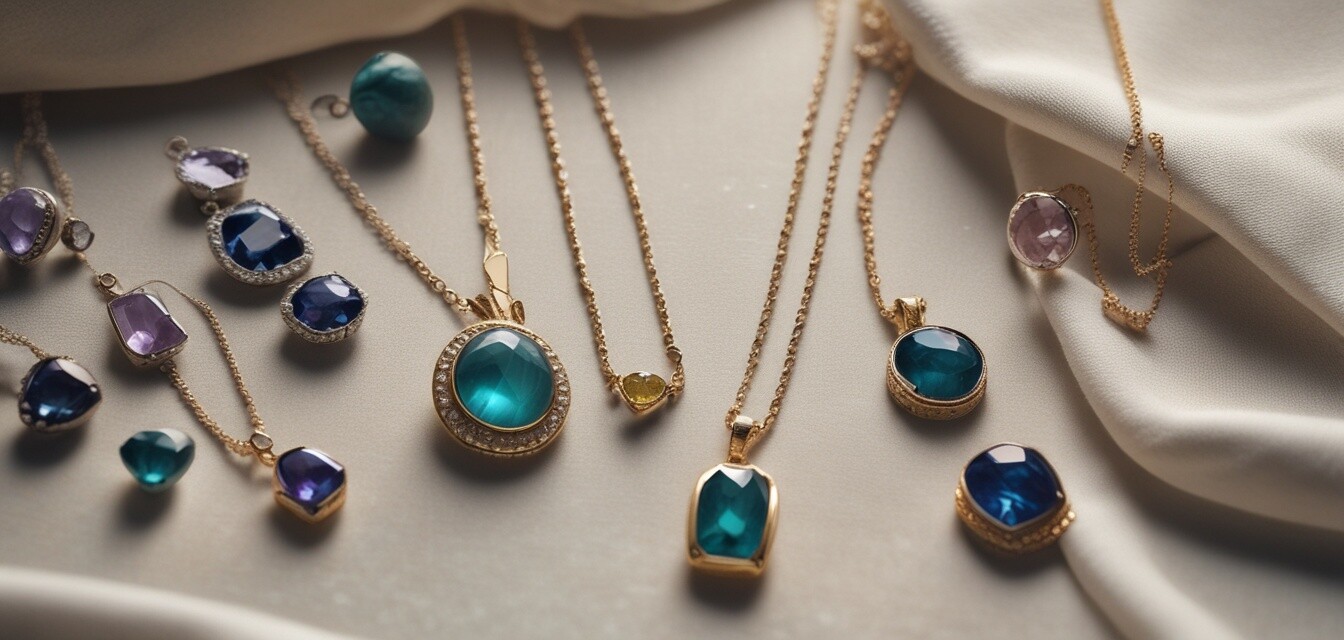
Ethical Jewelry and the Second-Hand Market
Key Takeaways
- The second-hand market for ethical jewelry is expanding as consumers become more environmentally conscious.
- Purchasing second-hand jewelry supports sustainability by reducing waste and encouraging recycling.
- Prominent trends in ethical jewelry include upcycled designs and certified sustainable practices.
- Shopper preferences are shifting towards transparency and artisan craftsmanship.
- Educating oneself on ethical certifications can help make informed purchasing decisions.
The world of ethical jewelry is evolving, with the second-hand market making significant strides in promoting sustainability. As consumers become more aware of the environmental impact of their purchases, the demand for pre-owned jewelry continues to rise. This article delves into the growth of the second-hand market for ethical jewelry, exploring its role in sustainability and the wider industry trends.
Understanding the second-hand market
The second-hand market refers to the buying and selling of pre-owned items, including jewelry. This segment has seen a considerable increase in popularity as it aligns with the growing movement towards sustainability. By purchasing second-hand jewelry, consumers can enjoy unique pieces while contributing to a more sustainable economy.
| Benefits of second-hand jewelry | Examples |
|---|---|
| Reduces waste | Encouraging the reuse of materials and pieces that may otherwise end up in landfills. |
| Unique finds | Offering one-of-a-kind pieces that reflect individual styles. |
| Cost-effective | Providing an affordable alternative to new jewelry items. |
| Supports local artisans | Many local shops feature second-hand or upcycled jewelry crafted by artisans. |
Trends in ethical jewelry
The ethical jewelry landscape is continually evolving, with several prominent trends emerging alongside the growth of the second-hand market:
- Upcycled pieces: These are created by repurposing existing materials, giving new life to old jewelry.
- Sustainable sourcing: Brands are increasingly focusing on ethically sourced materials, ensuring they support fair trade practices.
- Transparency: Consumers are demanding more information regarding the sourcing and craftsmanship behind jewelry pieces.
- Sustainable certifications: Equipped with knowledge about certifications, consumers are making informed choices in their purchases.
Ethical certifications to look for
When exploring the second-hand market for ethical jewelry, it's essential to understand the different certifications available. Here are some noteworthy ones:
| Certification | What it stands for |
|---|---|
| Fair Trade | Ensures equitable trade practices and fair wages for artisans. |
| Conflict-Free | Indicates that materials are sourced without funding violence or conflict. |
| EcoCert | A certification for products produced with respect for the environment. |
| B Corporation | Identifies businesses that meet high social and environmental performance standards. |
The importance of understanding sustainability
As consumers, it is crucial to understand the relevance of sustainability in the jewelry market. The second-hand market not only decreases the demand for new resources but also promotes awareness about the environmental and social impacts of jewelry production.
By purchasing second-hand ethical jewelry, you are supporting artisans who prioritize eco-friendly practices and craftsmanship. You can contribute to the sustainability movement while embracing unique pieces that tell a story.
Fostering a culture of sustainability
Encouraging friends and family to explore the second-hand market can help perpetuate a culture of sustainability. Sharing knowledge about ethical certifications and brands can spark interest and motivate others to make more informed decisions. Here are some tips:
Tips for promoting sustainable jewelry choices
- Share your experiences with second-hand jewelry on social media.
- Attend local artisan fairs and promote the artisans' stories.
- Encourage discussions about the importance of sustainability in gift-giving.
- Organize jewelry swap events with friends and family.
Conclusion
The second-hand market is redefining the landscape of ethical jewelry, offering a more sustainable and affordable alternative to traditional purchasing methods. By embracing pre-owned items, we not only find unique treasures but also contribute positively to the environment. As an informed consumer, understanding ethical certifications and supporting local artisans proves invaluable to building a more sustainable future. For more insights, check out our Buying Guides and stay updated with the latest news in the world of ethical gemstone jewelry on our News and Trends page.